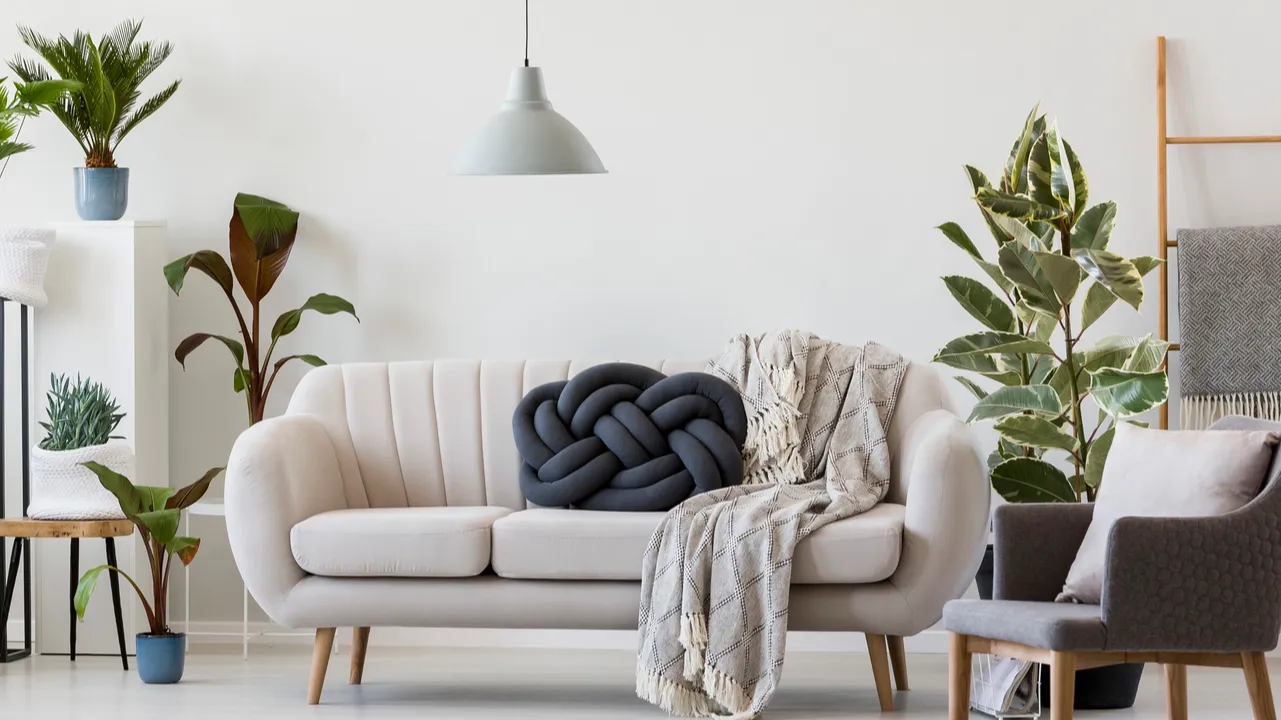
Say Goodbye to Instant Gratification
You can always spot a space that was thrown together in a weekend; something just feels off. But lately, more people are choosing a slower, more thoughtful approach to decorating. Picking pieces with intention.
Layering over time instead of stuffing carts during flash sales. It’s called slow decorating, and it’s quietly changing how we design. The result is a space that feels warm, lived-in, and completely personal. And yes, it’s absolutely worth the wait.
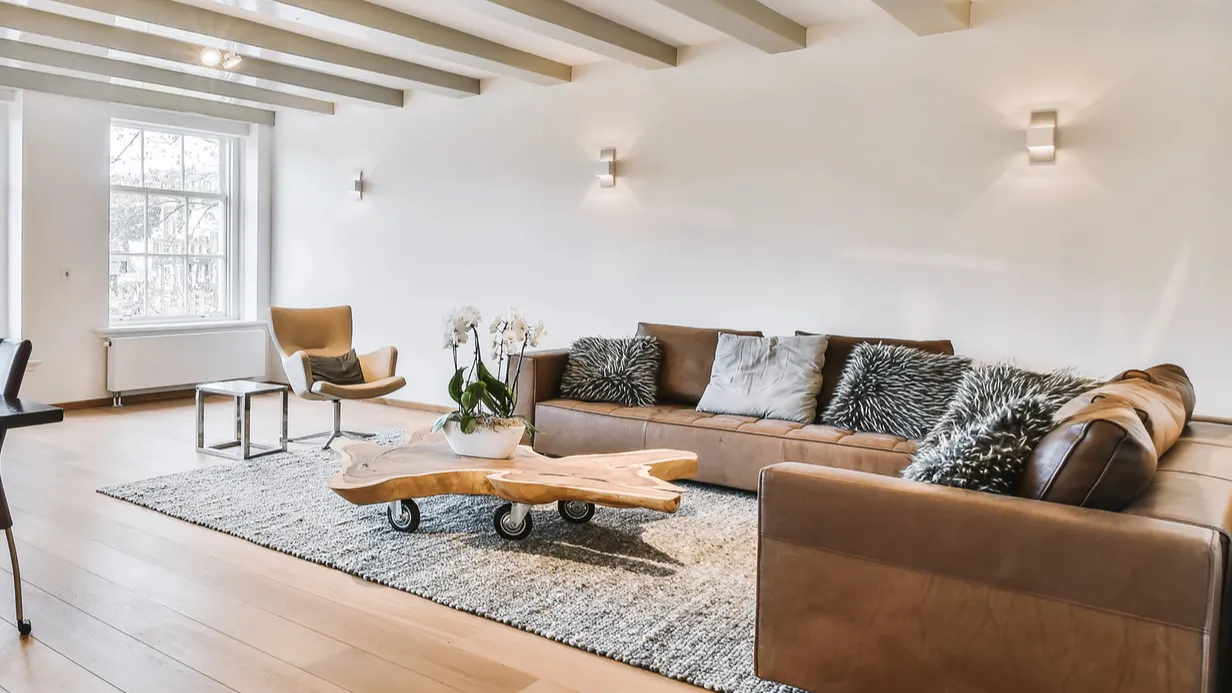
Why We All Fell for Fast Decor
We’ve all done it. We see a perfectly styled living room on Instagram, hit “add to cart,” and try to recreate it overnight. Blame it on big-box marketing or bingeing too much home makeover TV, but fast decor became the norm.
You bought what was trendy, not necessarily what you loved. And while it felt satisfying in the moment, those purchases rarely stood the test of time. Slow decorating flips that script, and instead of rushing to fill a void, you embrace the in-between. The not-quite-done phase becomes part of the magic.

It’s About Collecting, Not Consuming
Fast decorating treats your home like a shopping list. But slow decorating? It’s like curating an art collection. You pick up a handwoven throw from a local market, fall in love with a vintage lamp at a flea, or frame your kid’s first drawing because it just fits the vibe.
Every item has a backstory, and over time, your home starts to feel like a lived-in novel rather than a catalog spread. It’s deeply personal and infinitely more rewarding.
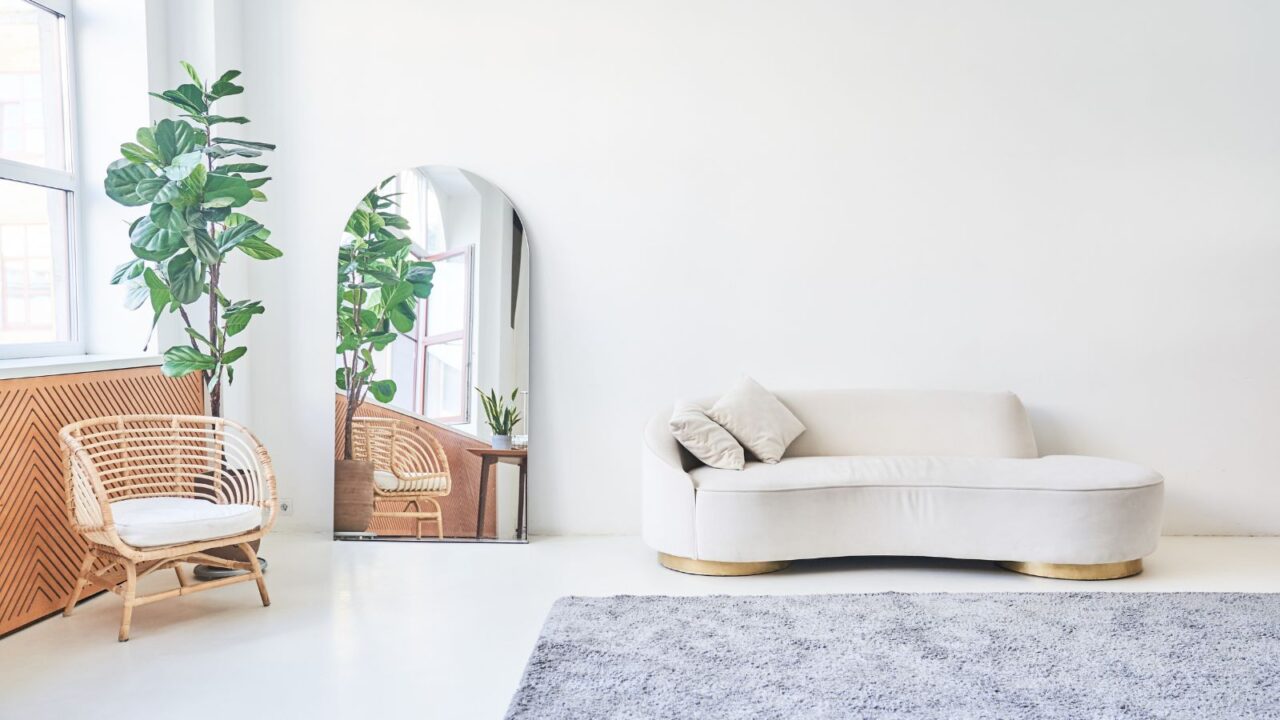
The Power of the Pause
One of the biggest lessons slow decorating teaches is restraint. That bare wall? It doesn’t have to be filled right away. That weird corner? It can stay empty until inspiration hits. Giving your space time to breathe lets your ideas marinate. It invites creativity, not clutter.
Sometimes, the best design decisions come after weeks or even months of living with a space. So pause. Observe. Let your home speak before you try to complete it. You’ll make smarter, more inspired choices that actually stick.
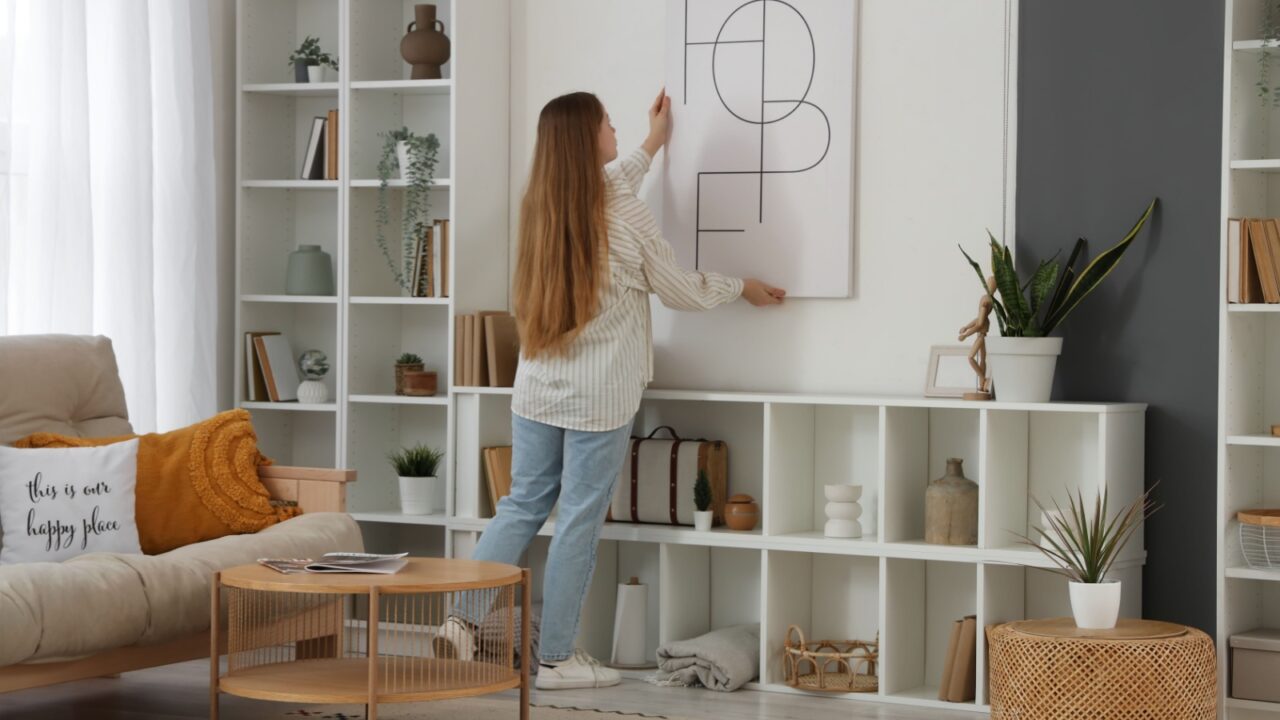
Evolving Style, Evolving Home
Ever cringe at a past outfit choice? The same thing happens with decor. The style you loved five years ago might not fit your vibe today, and that’s okay.
Slow decorating makes space for evolution. You’re not locked into one aesthetic or palette. You can layer in new favorites as your taste grows, and maybe your beige-and-white phase gives way to moody jewel tones.
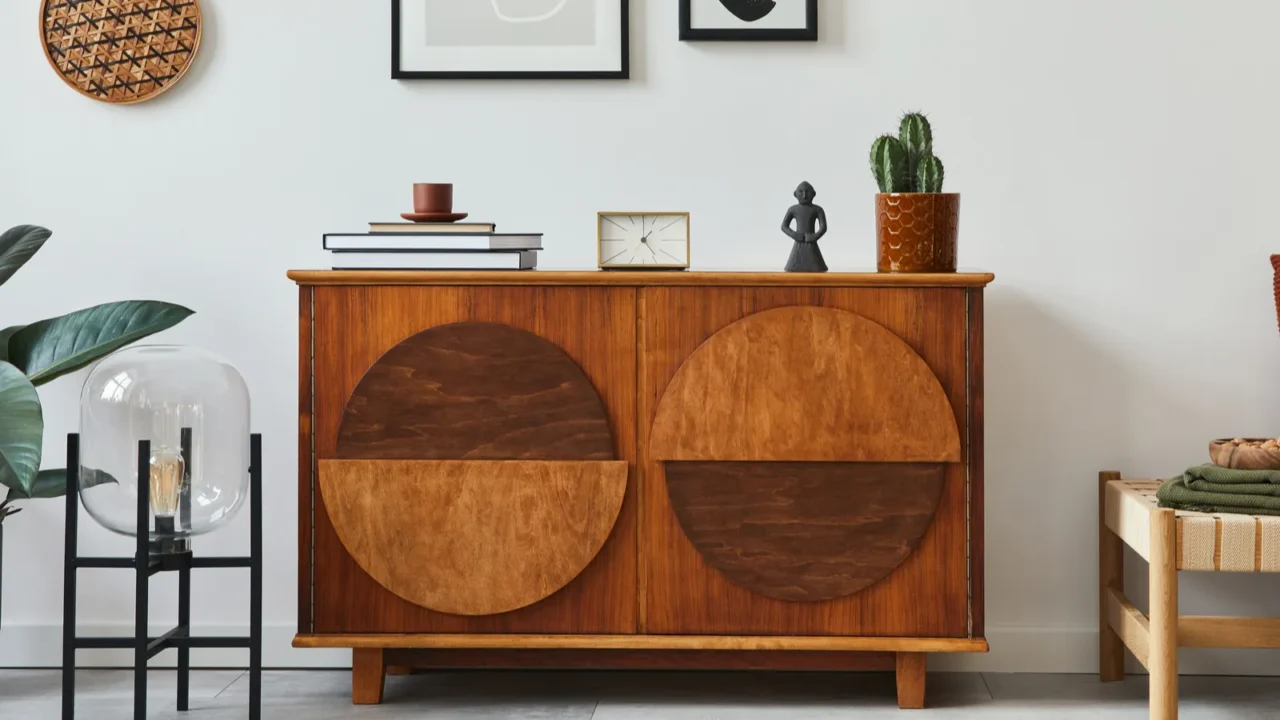
The Budget-Saver
Here’s the secret most fast-decor fans don’t talk about: it gets expensive. That rush to furnish every inch of your home usually leads to quick, pricey decisions you regret (and often replace).
But with slow decorating, you invest thoughtfully. You wait for sales, thrift smarter, or even DIY while you save for that perfect piece. Just intentional spending.
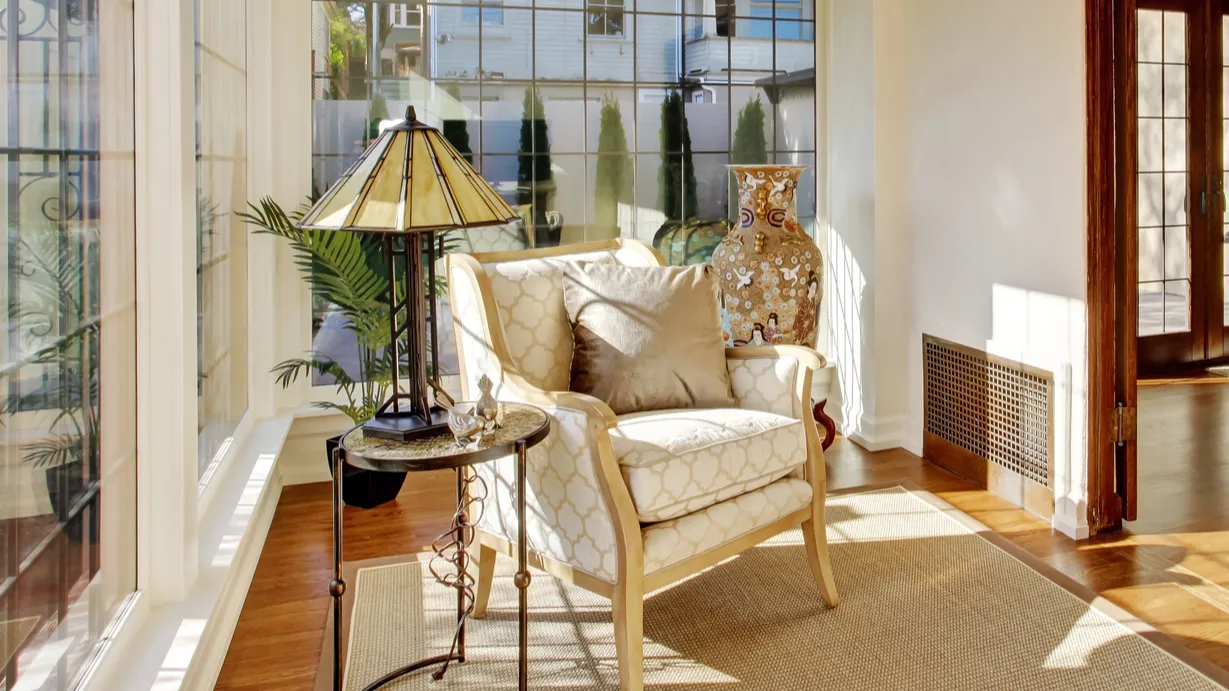
Decorating Becomes an Adventure Again
When you slow down, decorating turns into a treasure hunt. You’re no longer grabbing the first mass-produced nightstand off a retailer’s site, you’re scouting estate sales, poking around antique shops, or waiting months for that dream rug to come back in stock.
There’s a thrill in the chase, a satisfaction in the find. And every piece you choose this way adds soul to your home.
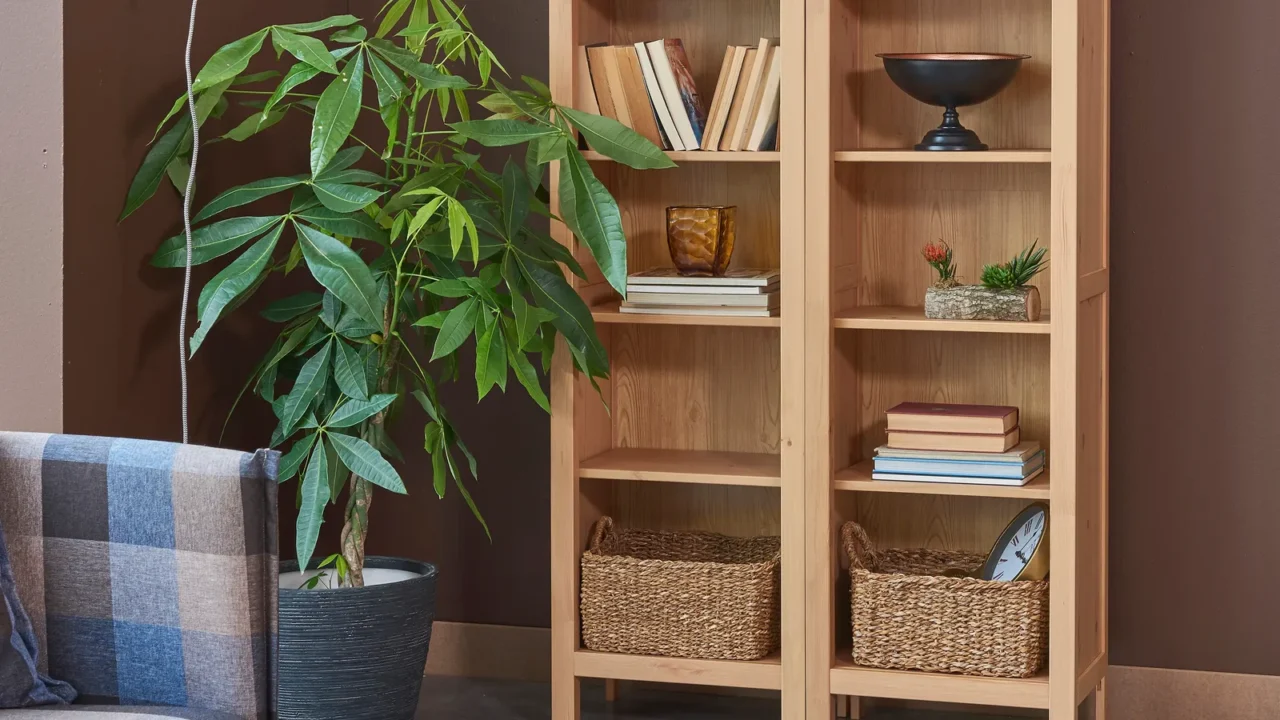
Quality Over Quantity Finally Wins
Fast decorating often means going for what’s “good enough” right now. But when you slow down, you’re able to prioritize quality. Instead of a cheap bookshelf that’ll wobble in a year, you save for the solid oak one you’ll pass down someday.
Slow decorators choose craftsmanship. And more often than not, the result is a home filled with pieces that get better with age, not head to the curb when a trend ends.
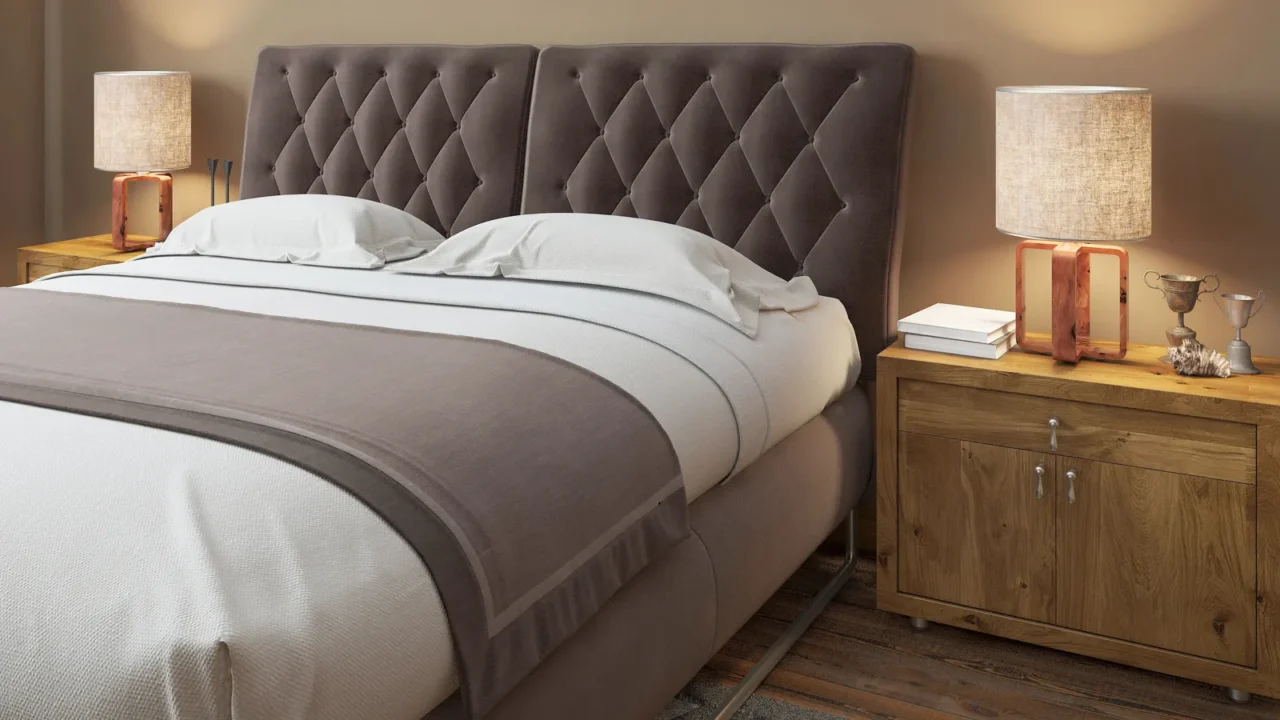
Fewer Regrets, More Gratification
Impulse buys feel great in the moment, until the package arrives and you realize it’s smaller, shinier, or flimsier than expected. But slow decorating almost always ends in satisfaction. You’ve measured, imagined, and sat with the idea.
That kind of consideration leaves little room for regret. It might take longer, but when the piece finally lands in your home? It fits perfectly, not just in your space, but in your story.
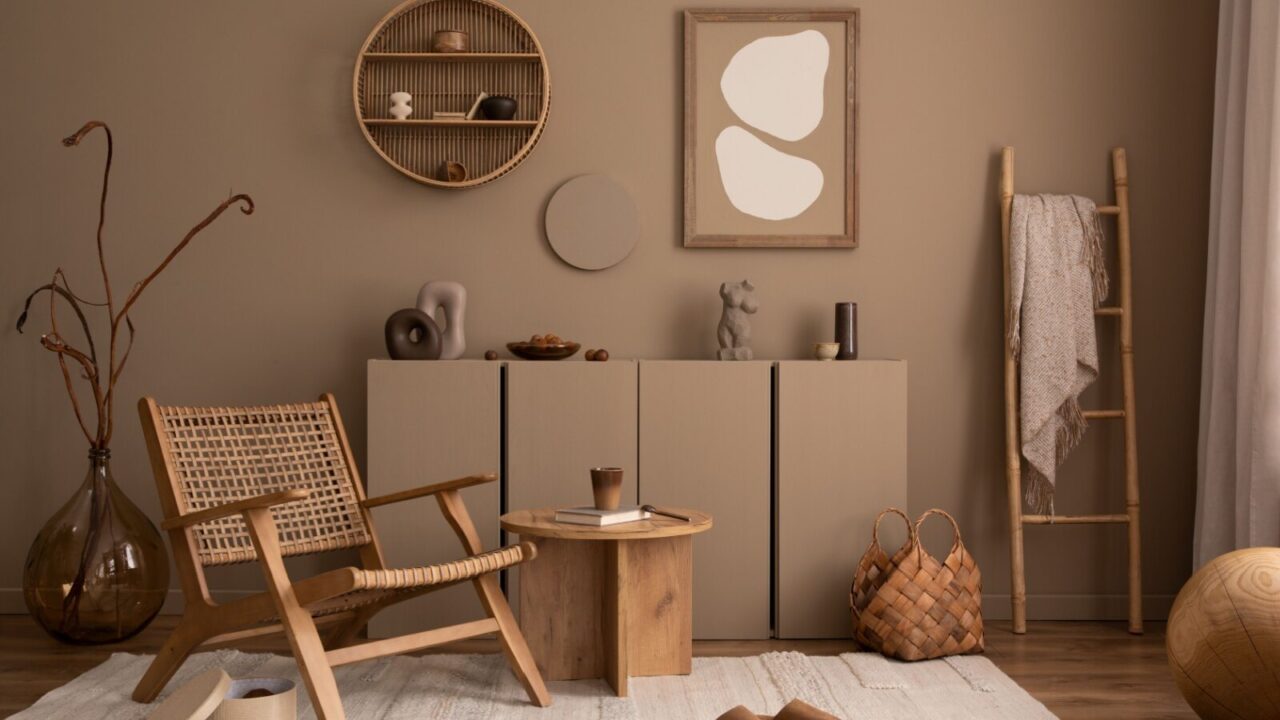
It’s More Sustainable, Too
Let’s be honest, fast decor has a trash problem. Cheap furniture breaks, but slow decorating is eco-friendlier by design. You’re buying less, buying better, and keeping things longer.
You’re upcycling, reusing, and reimagining. Decorating slowly isn’t just good for your wallet, it’s good for the planet. And that’s a win every stylish home should aim for.

The Joy of Homemaking
Somewhere along the way, decorating became a race. But slow decorating brings back the joy of homemaking, the little rituals, the personal touches, the sense of pride. You light a candle in a thrifted holder.
You hang a painting by a local artist. You swap pillows when the seasons change. These small, intentional moments add warmth and comfort that no overnight shopping spree can provide.
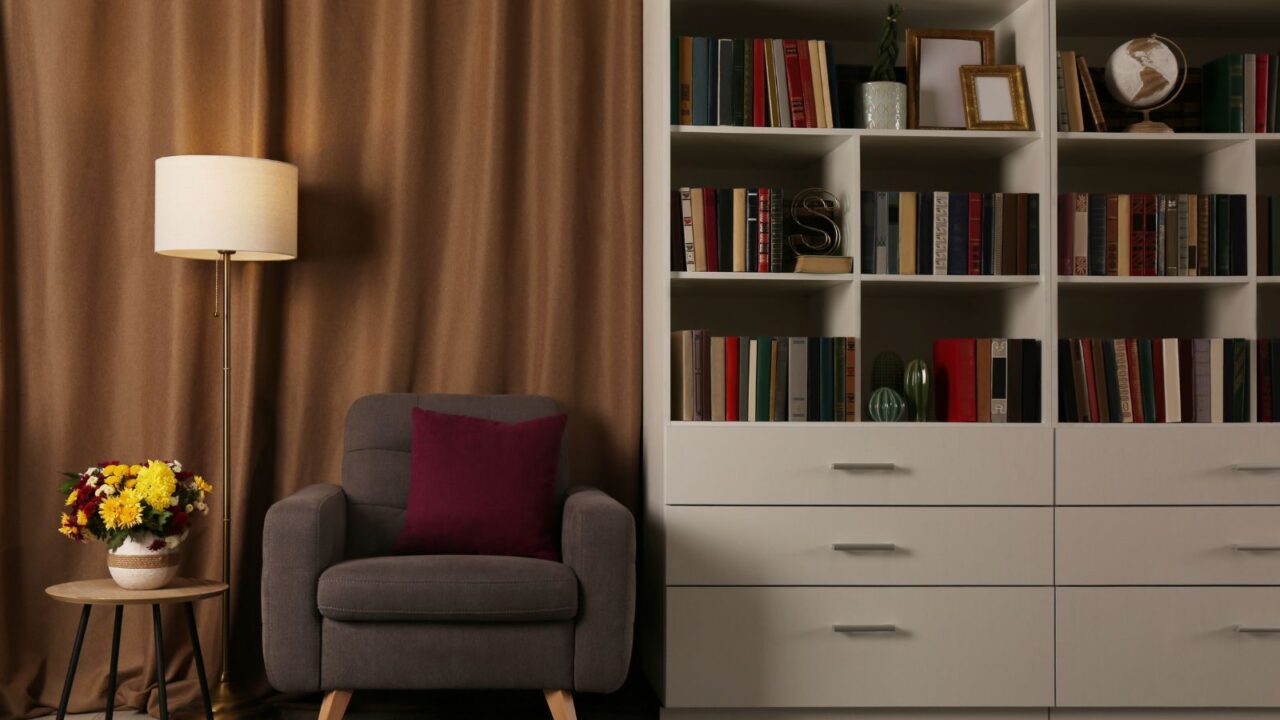
You Start to Trust Your Eye More
When you’re not rushing to copy a magazine or a TikTok trend, you start to notice what really resonates with you. You realize you gravitate toward soft curves, or earthy tones, or textures that beg to be touched.
Slow decorating helps you refine your personal style and trust your gut. No more second-guessing if something’s “in.” You begin to choose pieces because you love them, not because an algorithm told you to.
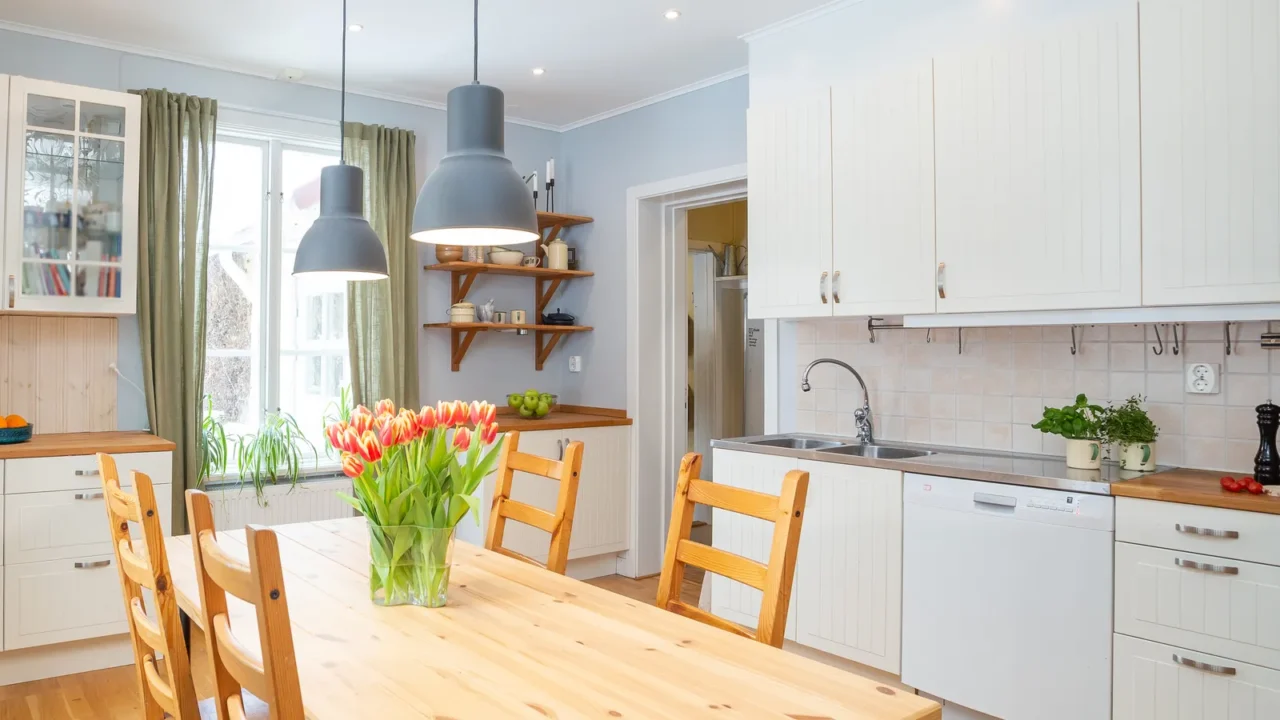
More Than Just ‘Pretty’
Fast decor often focuses on the aesthetic: matching colors, symmetrical shelves, and on-trend accents. In slow decorating, you go deeper. It asks how a space feels.
The goal shifts from just looking good to living well. And that shift? It’s the difference between a house that’s “Instagram-ready” and one that feels like home even when it’s messy, lived-in, and loved.
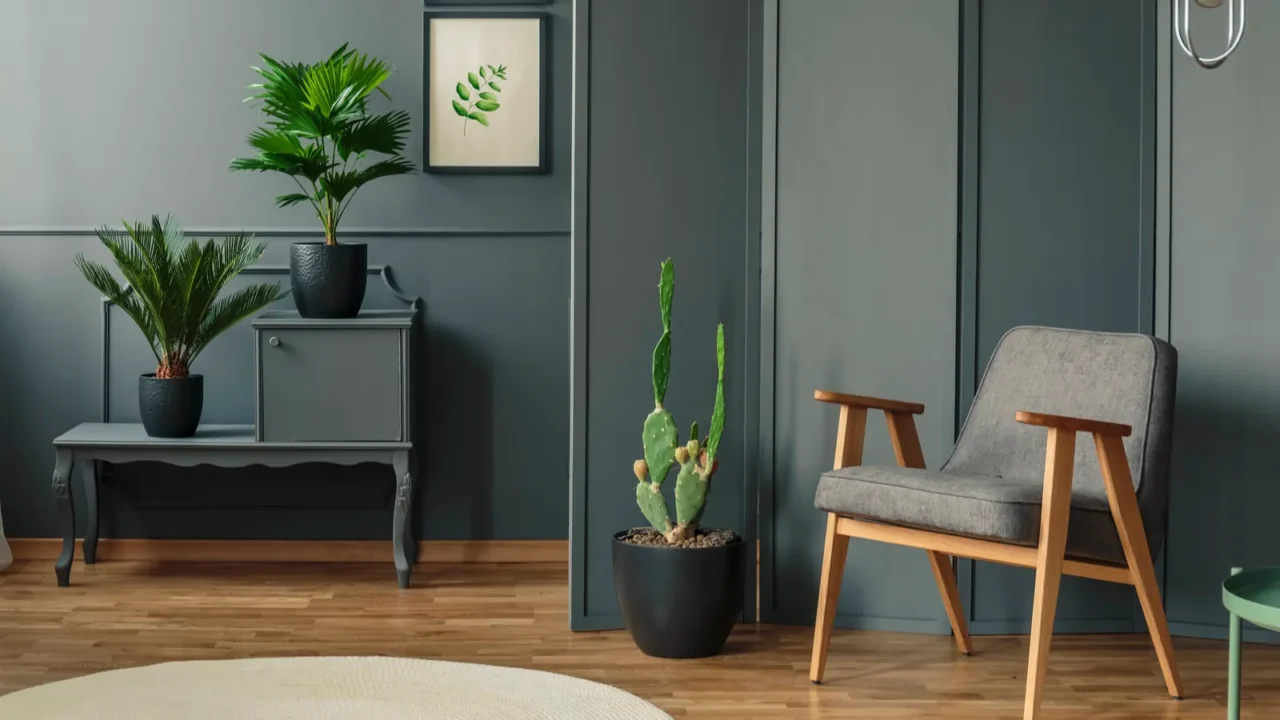
Mistakes Become Charming Over Time
Bought a chair that’s a little too loud? Hang that crooked gallery wall? In the world of slow decorating, imperfections don’t ruin the vibe, they make it.
They remind you that your home isn’t a catalog shoot. It’s real. You’re experimenting, growing, and trying things out. That misfit lamp from the thrift store? It’s got personality.
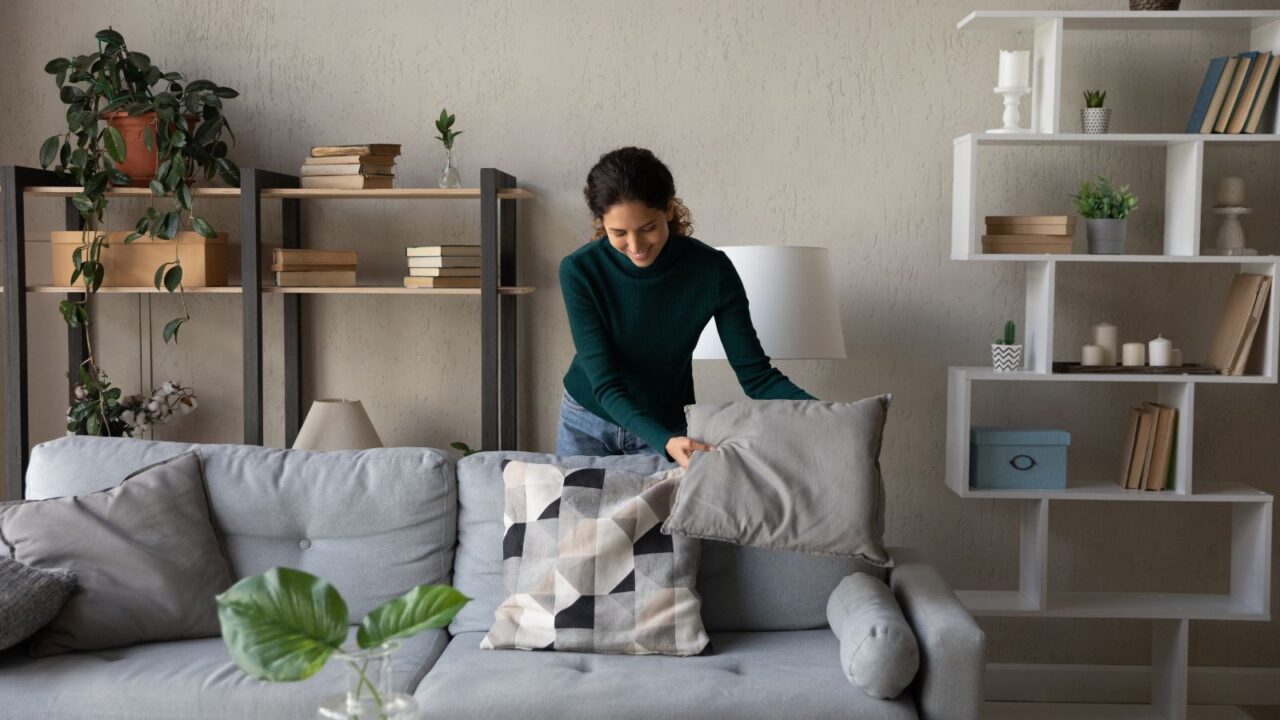
A Much Needed Mental Reset
You know that pressure to “get everything done”. It follows us everywhere, work, relationships, goals, and yes, home decor. But slow decorating gives you permission to opt out of that hamster wheel.
Suddenly, it’s okay if your bedroom isn’t Pinterest-perfect. It’s okay if the dining chairs don’t match yet. You learn to live in progress instead of perfection, and that shift? It spills into everything.
Less rush, more intention. Fewer checklists, more calm. It’s design as therapy, and it works wonders. Home decor ruining your relaxation means the vibe is off, not the furniture. Reset with intention, not impulse.
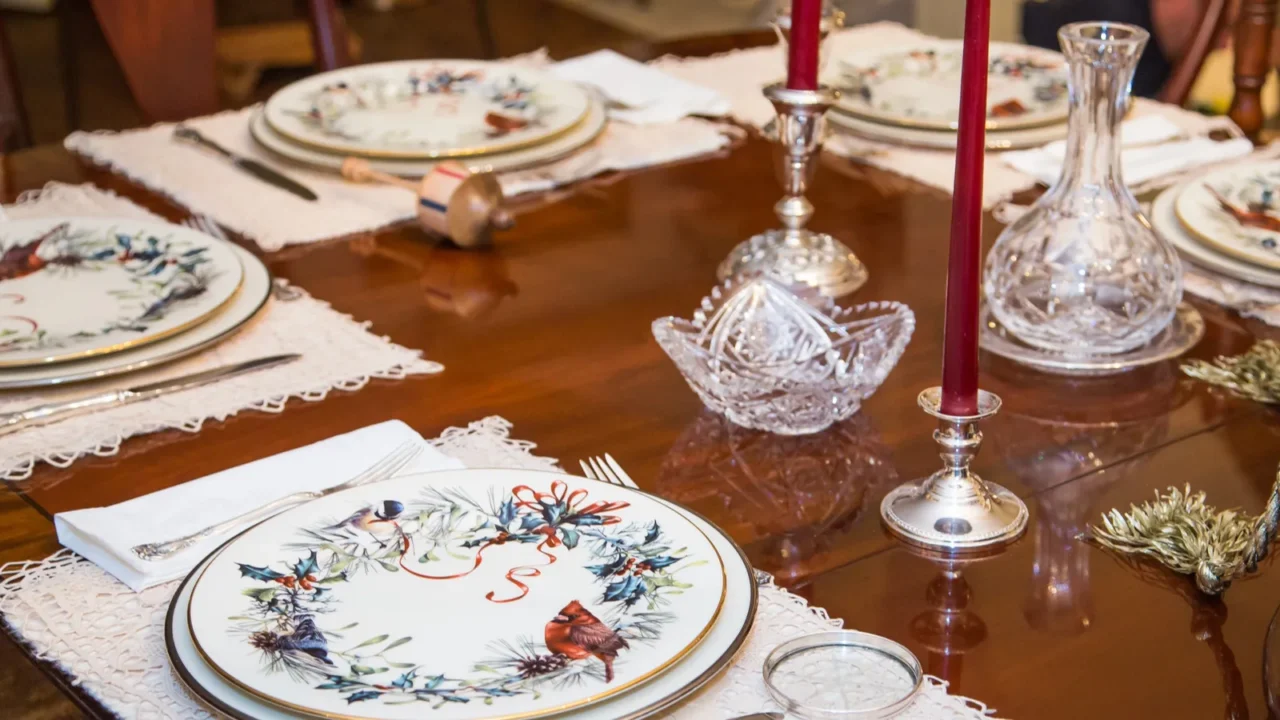
Using the Actual Good Stuff
Raise your hand if you’ve ever saved your “nice things” for guests, such as the fancy and pretty tableware, embroidered napkins, and that candle that smells like heaven. Slow decorating says: use them now.
When you’re intentional with your space, you stop stockpiling pretty objects and start weaving them into your life. Check out how I ditched trends for quiet luxury, and it completely transformed how I feel at home.
Are you team slow decor or still tempted by the fast-and-flashy? Share your thoughts in the comments.
Read More From This Brand:
- Celebrating Earth Day with Thoughtful Home Decor
- Avoid These Mistakes in Small Space Decorating
- How to Decorate if You’re an ENFP
Don’t forget to follow us for more exclusive content right here on MSN.
This slideshow was made with AI assistance and human editing.